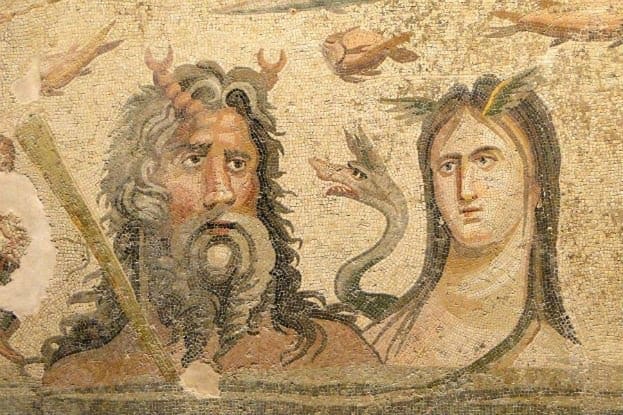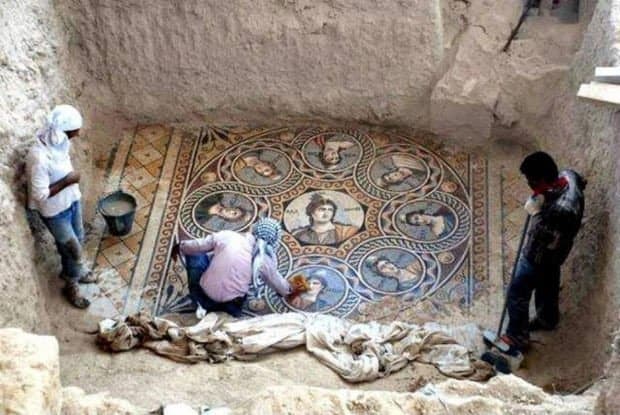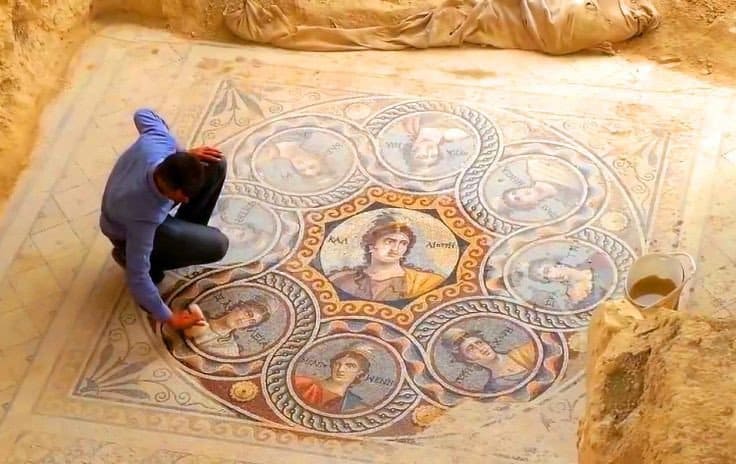In Gaziantep, Turkey, archaeologists have excavated three stunning mosaics, shedding light on the grandeur of the ancient Greek city of Zeugma.
Excavation of Zeugma
Launched in 2007, the excavation is led by archaeologist Kutalmış Görkay and his team from Ankara University in Turkey. Their efforts aim to preserve treasures threatened by a neighboring dam on the Euphrates River.
Muzalar House: An Elite Residence
The team's recent focus has been on Muzalar House, believed to have housed a wealthy family. Inside, they have discovered three elaborately colored mosaics adorning the walls.
Portraits of Muses and Deities
One mosaic depicts nine handsome-faced muses, including Muse Calliope, the protector of Epic poetry. Another portrays Oceanus and Tethys, divine personifications of the sea. The third mosaic showcases Thalia, one of the nine muses associated with comedy.



Significance of Mosaics
These mosaics showcase the artistic skill and cultural interests of Muzalar House's occupants. They illustrate the importance of literature, art, and good times to the elite of ancient Zeugma.
Preservation Efforts
After a robbery at the site, the mosaics have been relocated to a local museum for restoration and conservation. The site itself will be protected with a temporary roof to ensure its preservation.
Future Excavations
Excavations at Muzalar House are expected to continue next year. It is estimated that Zeugma once had 2,000-3,000 houses, only 25 of which remain underwater. Ongoing excavations promise to reveal further insights into this ancient city's rich history and legacy.
Zeugma was founded in the early 3rd century BC as the city of Seleucia by Seleucus I Nicator, a Diadochus (successor) to Alexander the Great and Hellenistic Greek founder of the Seleucid Kingdom, on the site where he had the first bridge over the Euphrates built. In 64 BC, the Roman Republic gained control of the city.

